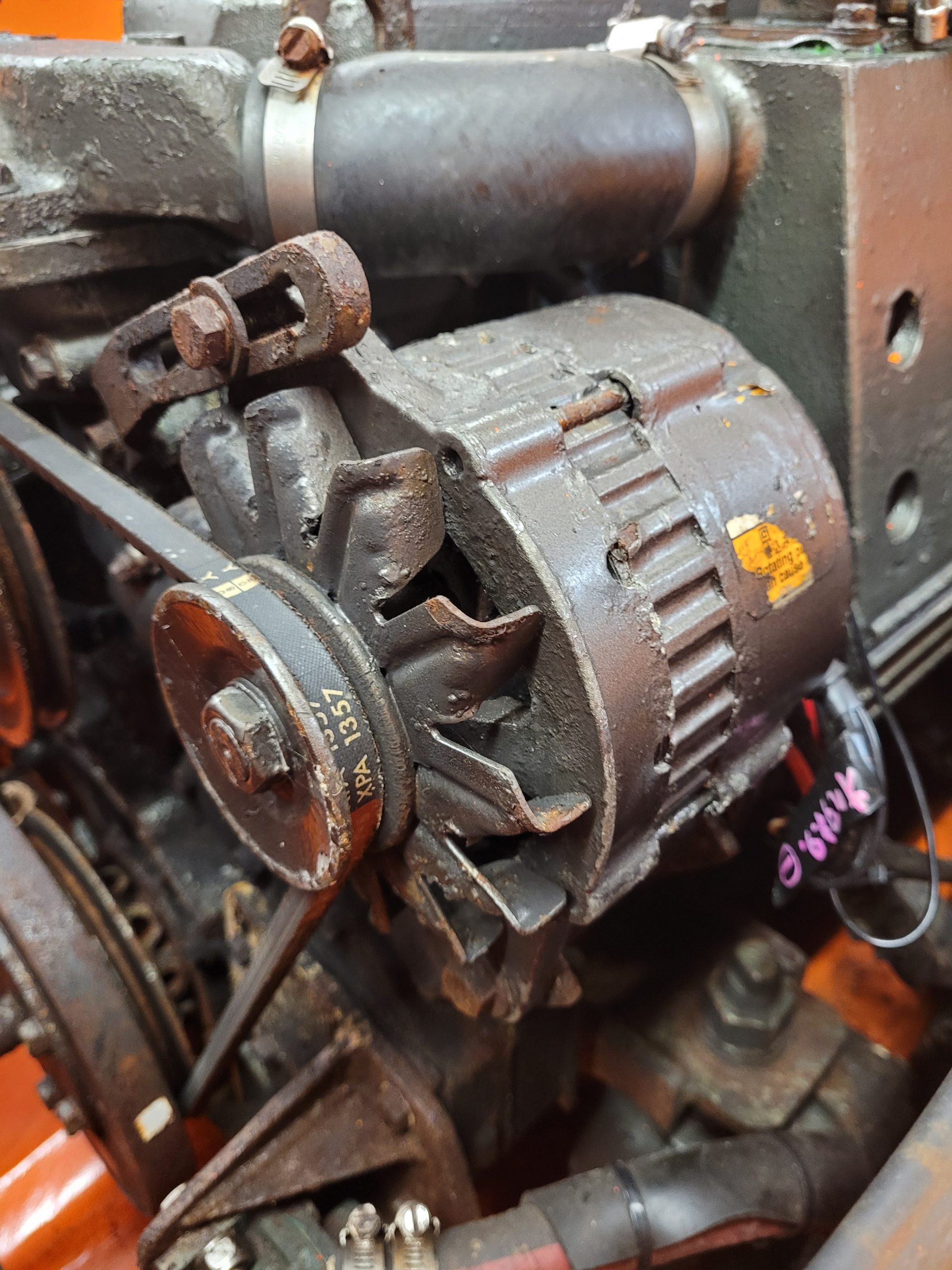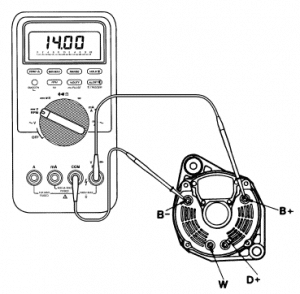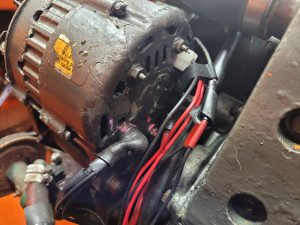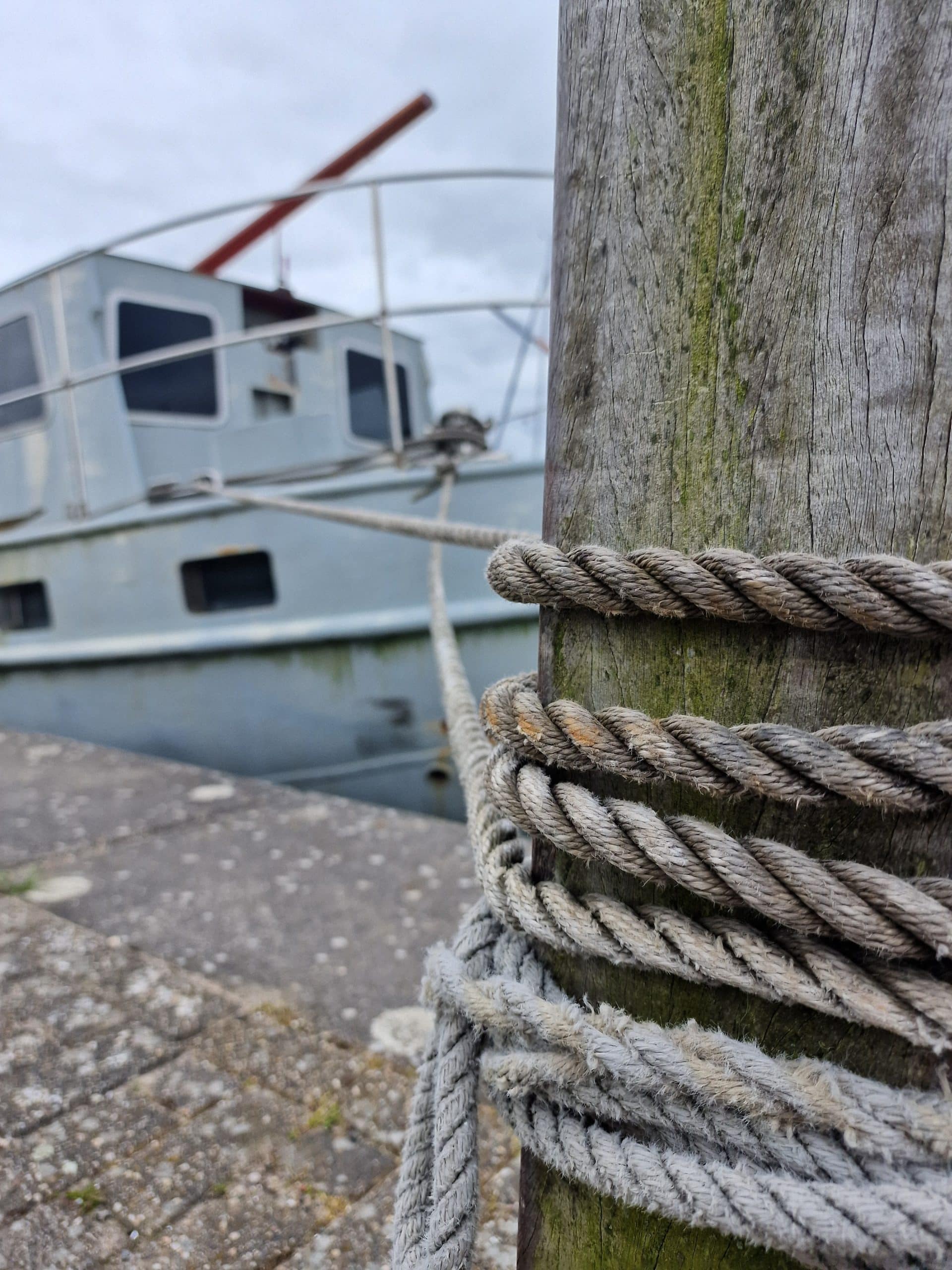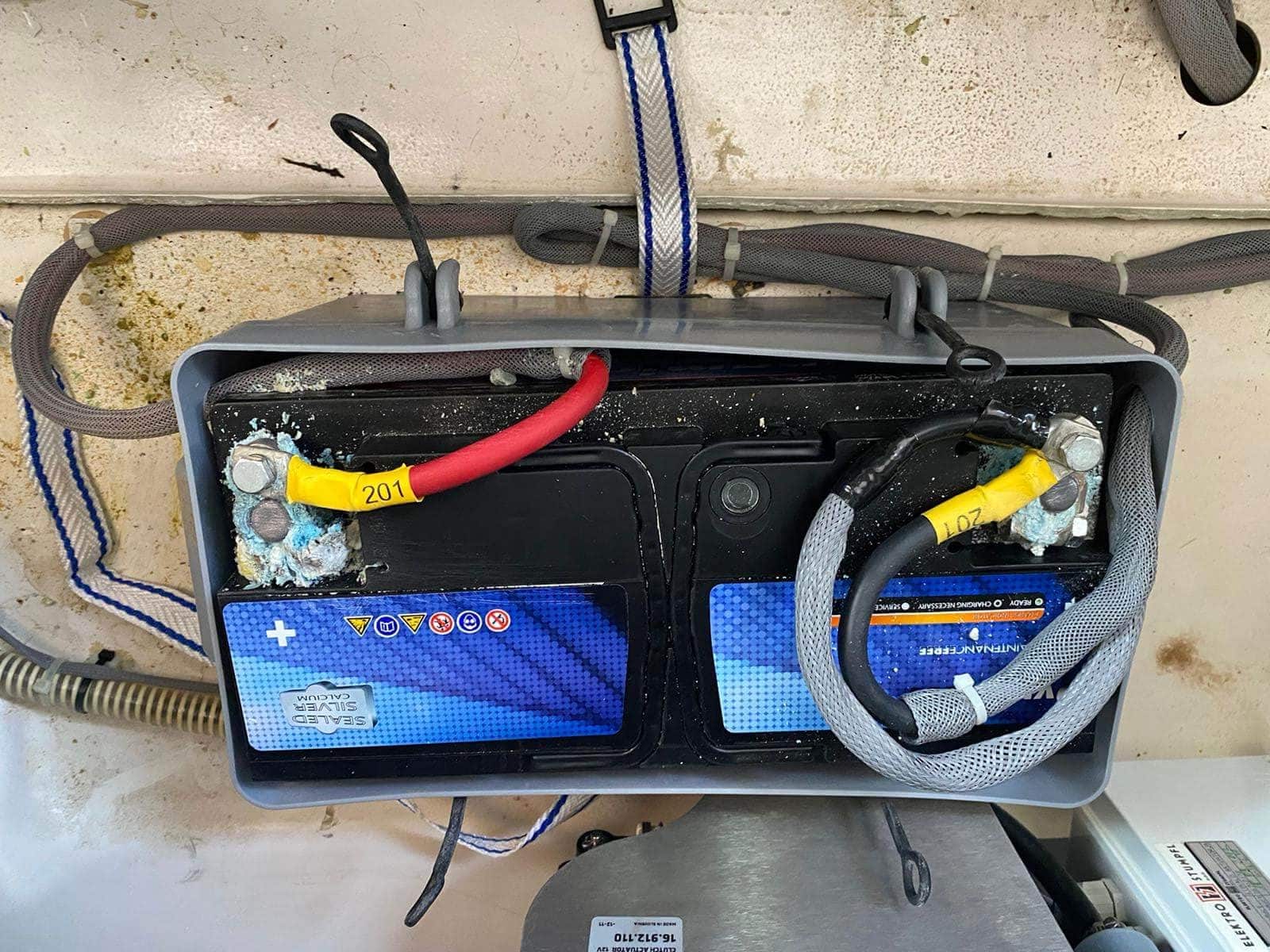Problems with the boat alternator
- Blog
- February 4, 2022
Every internal combustion engine has an alternator. This is a current generator driven by the engine. Today, alternators are actually always alternating current generators, often with built-in rectifiers and voltage regulators. The rectifier converts alternating current into direct current to charge the batteries. The voltage regulator provides a nearly equal output voltage (voltage), regardless of engine speed. If the alternator is not working properly, the boat's battery will not be recharged or will be recharged poorly. This will eventually lead to starting problems.
Problems with the alternator; the causes
V-belt
First, an alternator must rotate properly with the engine to generate power. In inboard engines, the alternator is driven by a V-belt or multi-belt. This belt can break, causing the alternator to stop turning with the engine. Also, the belt must be properly tensioned. If it is too slack, the belt will slip and the alternator will not turn properly.
Wiring
It is often wise to check the simplest problems first. A loose wire, broken wire, or ill-fitting connection will obviously cause problems. Check that all wires on the alternator are tight. They should not move on the connection, nor should the wire itself move in the pinched eyes. If it does, this should be fixed first.
Field voltage
For the alternator to work, it needs to be energized once. Thus, when the alternator starts running, it briefly needs a 12-volt current to become energized, after which the alternator will work and keep itself energized. If this excitation remains off, the alternator does not supply any current. Older boats often have a separate alternator control light on the boat's dashboard, often a red light. Through this light the excitation current goes to the alternator. When this light is broken, the alternator is no longer energized.
Alternator connections
- B+: Output charging current, goes to the plus pole of the battery
- D+: Control current voltage regulator and needed for field excitation (not always present)
- D- or B-: Ground of the alternator, goes to the minus pole of the battery
- W: speed signal (only for older systems)
Checklist to check alternator
To detect problems with the alternator, a number of things can be checked. Be extremely careful around rotating parts with hands, loose clothing, long hair, and so on.
- Check the string and string tension
- Check that all wires and connections are secure
- Check if the indicator light(if present) is still functioning, it should come on when the ignition is on. If not, the light may be broken, or a wire may be loose.
- With the engine running, measure the voltage between the ground (D-) and output of the alternator (B+). This should be between 13.8V and 14.5V at 1800 rpm. Is it lower? Then there is a problem with the alternator
- With the engine running (1800 RPM), measure the voltage drop between B+ and the plus pole of the battery. It should not exceed 0.3V. If it does, there is a problem with the connections/wires on the plus side.
- The same test can be done between D and the negative terminal of the battery.
The charging current (amperes) can only be measured with the proper knowledge and tools. If you do not have this, it is better to omit this check.
Second alternator on the boat
If the boat has heavy power consumers such as an air conditioner or an elaborate kitchen, installing a second alternator on one engine may be a good idea. In these cases, the maximum charging current of the standard alternator is often not enough to keep up with consumption. Our partner AB Marine Service is a specialist in the field of alternators, among other things, and can advise and assist.
Breakdown on the water?
Having unexpected problems with your alternator on the water? The boat watch from Vaarzeker is at your service. Do you own a boat and go boating regularly? Take a look at our breakdown service package. So you can get out on the water without any worries.
Need help choosing?
Need help choosing a subscription? Then use our handy selection guide.
Newsletter subscription
Fill out the form below to become a member of our newsletter
